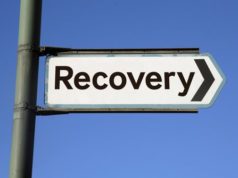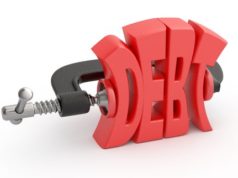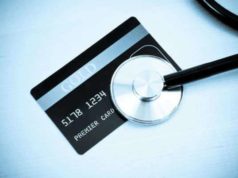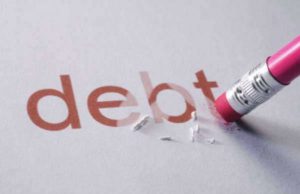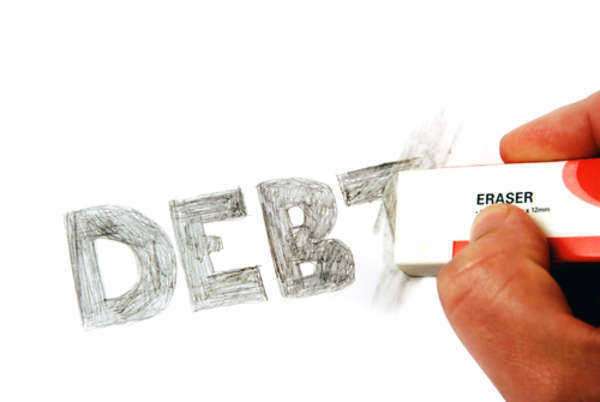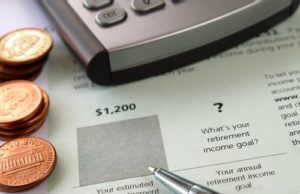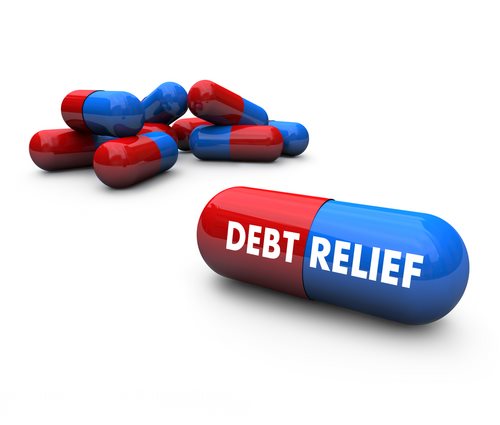
Understanding the Process of Debt Relief Order (DRO)
Debt relief order (DRO) is a legal means for people to undertake an affordable way to settle their debts. Especially for those struggling, it is a way to get some relief from insurmountable debts. However, before you begin to consider a DRO, it’s important to understand its process and qualifications. In this article, we’ll outline the process of a debt relief order to give you a general overview of what to expect.
What is a Debt Relief Order (DRO)?
A debt relief order is a legal process that can help you deal with debts if you have a relatively low income and no assets. It is a way of writing off your debts and starting over to get your financial life back on track. The DRO generally lasts for 12 months, and at the end, if you’ve met the requirements, your debts will be discharged.
Qualifications for a Debt Relief Order (DRO)
Not everyone is eligible to apply for a DRO. Below are the main qualifications that DRO applicants must meet:
– You must owe less than £20,000 in unsecured debt.
– Your assets must not be worth more than £1,000 in value.
– You must not own or have access to a car worth more than £2,000.
– Your disposable income must not exceed £75 per month.
If you meet these qualifications and desire to apply for a DRO, there are various steps involved in the application process.
Step 1: Contact a Debt Advisor
To apply for a DRO, you first need to contact an authorized debt advisor. This advisor will help you examine your finances and provide you with the necessary information to apply for a DRO.
Step 2: Fill out an Application
Once you have spoken with a debt advisor, you will need to fill out an application to apply for a DRO. Your advisor will guide you through the process to ensure the information provided aligns with your financial situation.
Step 3: Submit it to the Insolvency Service
Once you have completed the application, it’s your advisor’s responsibility to submit the application to the Insolvency Service for review.
Step 4: Wait for Confirmation
After submitting your application, you will receive a confirmation of receipt and that the process is underway. A government official will review and make a decision on your application, and your advisor will communicate the outcome with you once it’s received.
Step 5: Discharge from Debt
If your application gets approved, after 12 months and if you have met the requirements, your debt will be deemed discharged, providing you with an opportunity to start over and manage your finances efficiently.
Conclusion
Debt relief order can help you get relief from the burden of debt, and it’s essential to understand the process. The process of DRO helps to ensure that those who need it most are the ones that benefit from the program. Always remember that this is a serious legal process that must be approached with care. Speak with an authorized debt adviser, research well, and take the time to make an informed decision that aligns with your financial goals.
What is Debt Relief Order?
The process of Debt Relief Order, which is commonly defined as ‘Debt Adjustment’ is the financial procedure of structuring, developing, or organizing a strategic debt management plan fashioned in order to allow individual debtors the opportunity to achieve debt relief through the creation of supplemental activities and requirements concerning their outstanding debts; as its name suggests, the Debt Relief Order procedure allows eligible debtors the opportunities to undertake repayment or relief efforts structured in order to meet their financial needs and abilities.
Types of Debt Relief Order
The following terms are amongst the most common types of Debt Relief Order procedures undertaken by individual debtors:
Debt Relief Order through consolidation allows individual debtors the opportunity to combine their collective debts, which commonly include a variety of applicable interest rates in to a single, lump-sum repayment requirement; subsequent to undertaking consolidation Debt Relief Order, the individual debtor will be permitted to furnish scheduled repayments applicable to a single, overarching interest rate
Debt Relief Order through Debt Settlement allows an individual debtor to furnish a decreased, or fractioned amount of debt owed; however, the stipulations latent within this type of settlement-based Debt Relief Order may required individuals to undertake repayment at all at once – albeit an adjusted, reduced total
Debt Relief Order through bankruptcy allows individual debtor to achieve debt relief through the filing of a bankruptcy claim; although this measure of Debt Relief Order may not be the most ideal in certain circumstances, subsequent to the undertaking of legal or financial counsel, an individual debtor may discover this type of Debt Relief Order to be the most sensible and effective relating to their respective debts incurred
Debt Relief Order Payment Restructuring
In the event that an individual debtor chooses to participate in the adjustment of debt repayment, the following 4 options may be applicable with regard to the finalization of an individual repayment plan:
Standard repayment Debt Relief Order program provides for a standardized payment required for furnishing on a monthly basis on behalf of the individual debtor concerning the lending institution
Extended repayment Debt Relief Order allows for an extension of the repayment period concerning the life of the loan itself the time of the loan, which typically results in the lessening of the required, scheduled repayment amount
Graduated repayment Debt Relief Order provides for a variable repayment amount with regard to life of a defaulted loan
Prorated repayment Debt Relief Order allows for debtors wages, earning, and income to serve as a determinant factor with regard to the establishment of repayment amounts
Debt Relief Order Assistance
In order to get the best debt advice to meet the needs of your current situation, you are encouraged to explore the vast expanse of debt resources, planning, programs, and assistance available:
Amongst the most viable and effective means of attaining legitimate Debt Relief Order is seeking out the advice of trusted friends, colleagues, and networks who have undergone debt resolution and management; upon seeking the advice of trusted resources who have participated in Debt Relief Order, you may be able to gain initial acclimation to debt assistance programs offered prior to undertaking them
Individuals are also encouraged to seek accredited legal counsel with regard to the selection process of a debt relief order program



